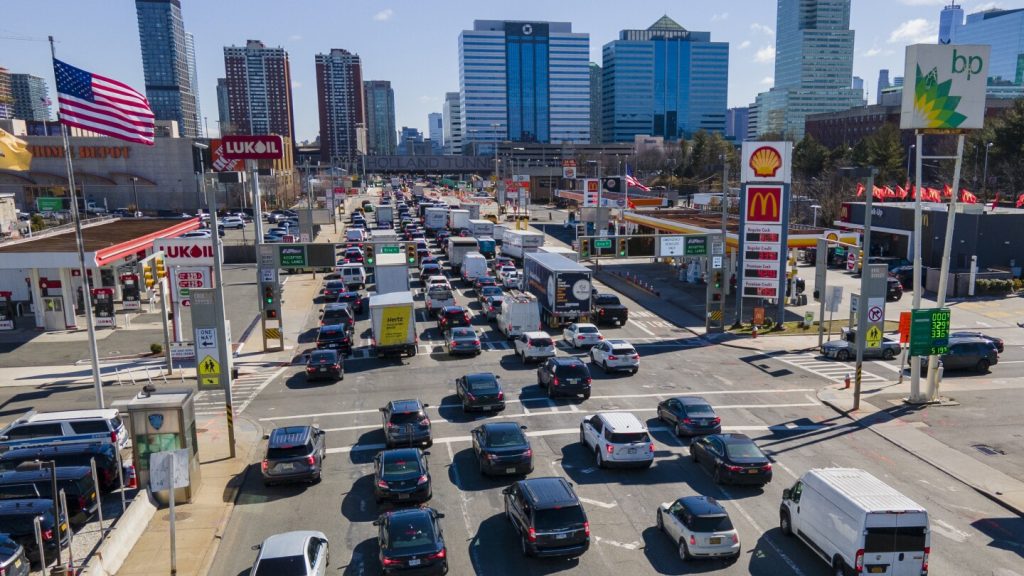The average age of cars, trucks, and SUVs in the U.S. has reached a record high of 12.6 years as people are choosing to keep their vehicles for longer due to the high cost of new vehicles. The average vehicle age increased by about two months from last year, with new vehicle prices averaging over $45,000. The pandemic-related shortages of parts, including computer chips, have contributed to the growth in average vehicle age. Despite a slight slowdown in the growth rate, many consumers are finding it difficult to afford new vehicles, forcing them to keep their current vehicles on the road longer.
One of the factors contributing to the increase in the average age of vehicles is consumers waiting to make decisions about purchasing electric vehicles, gas-electric hybrids, or traditional gasoline vehicles. Concerns about the availability of charging networks for electric vehicles and the overall durability of modern vehicles are also playing a role in consumers’ decisions to keep their vehicles for longer periods. As more new vehicles are sold and replace older vehicles, the average age of the nation’s fleet of passenger vehicles is expected to stabilize.
New vehicle sales in the U.S. are beginning to return to pre-pandemic levels, with prices and interest rates being key factors influencing consumer purchases. Sales are expected to reach around 16 million this year, up from 15.6 million last year and 13.9 million in 2022. The availability of more lower-cost vehicles in the market is also expected to contribute to a decrease in the average price of new vehicles, further encouraging consumers to consider purchasing new vehicles.
The trend of keeping vehicles for longer periods is beneficial for local auto repair shops, as about 70% of vehicles on the road are 6 years or older, beyond manufacturer warranties. Consumers who are able to keep their vehicles for multiple years typically follow recommended maintenance schedules, such as regular oil changes. As vehicles are lasting longer and consumers are prioritizing maintenance, the demand for auto repair services is expected to remain steady.
Overall, the decision to keep vehicles for longer periods is a reflection of the current economic climate, with many consumers facing financial constraints that make purchasing new vehicles unfeasible. The availability of more affordable options and the eventual stabilization of the average age of vehicles are expected to ease some of the financial burdens faced by consumers. As the auto industry continues to recover from pandemic-related challenges, consumers are likely to see more options and incentives that make purchasing new vehicles a more viable option in the future.


